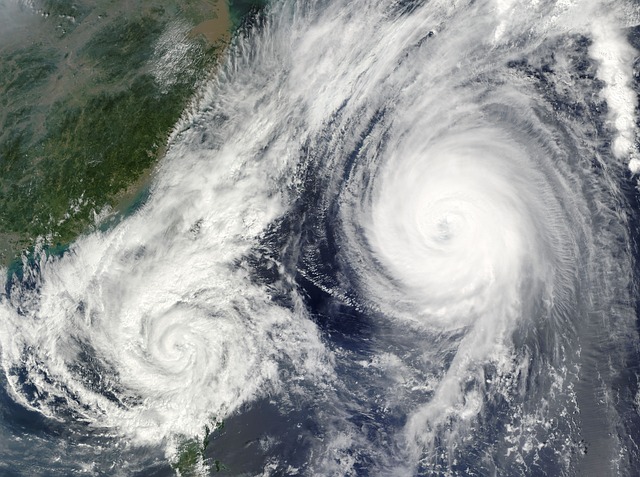In a fierce and destructive display of nature’s power, Typhoon Mawar made landfall on Guam, leaving behind a path of devastation and destruction. With wind speeds reaching a staggering 140 mph, this tropical cyclone threatened to cause catastrophic damage to the island and its inhabitants. The authorities issued urgent warnings and evacuation orders, urging residents to seek shelter and brace themselves for the potentially life-threatening storm.
Unleashing Nature’s Fury: As Typhoon Mawar descended upon Guam, its powerful winds howled and its torrential rains lashed the island. The storm arrived with a vengeance, unleashing its fury on the vulnerable infrastructure and leaving little in its wake untouched. Trees were uprooted, power lines were severed, and buildings were battered by the relentless force of the storm.
Impact on Guam: The impact of Typhoon Mawar on Guam was swift and severe. The island’s residents experienced widespread power outages, leaving them without electricity and basic amenities. Communication networks were disrupted, hindering rescue and recovery efforts. The roads were littered with debris, making it difficult for emergency services to reach affected areas.
The residents of Guam faced immense challenges as the storm’s intensity tested their resilience. With their homes damaged or destroyed, they sought refuge in emergency shelters, hoping to find safety amidst the chaos. The psychological toll of such a catastrophic event cannot be underestimated, as people grappled with fear, uncertainty, and the daunting task of rebuilding their lives.
Response and Recovery Efforts: In the face of this natural disaster, Guam’s emergency response teams sprang into action. Local authorities, along with support from national and international agencies, worked tirelessly to assess the damage and provide assistance to those in need. Search and rescue teams scoured the affected areas, ensuring the safety of residents and providing medical aid where necessary.
The road to recovery, however, would be long and arduous. Rebuilding damaged infrastructure, restoring essential services, and providing relief to those affected required a collective effort. The resilience and spirit of the people of Guam shone through as communities came together to support each other in these trying times.
Preparation and Future Preparedness: The impact of Typhoon Mawar serves as a stark reminder of the importance of preparedness in the face of natural disasters. Guam’s authorities and residents must evaluate their disaster response strategies and enhance their readiness for future storms. Investing in resilient infrastructure, improving early warning systems, and educating the public about safety measures are crucial steps towards mitigating the devastating effects of such events.
Conclusion: Typhoon Mawar’s assault on Guam left no doubt about the catastrophic power of nature. As the island begins the process of recovery, the resilience and determination of its people will be tested. Through unity, support, and a commitment to preparedness, Guam can rebuild stronger and emerge more resilient in the face of future challenges.












